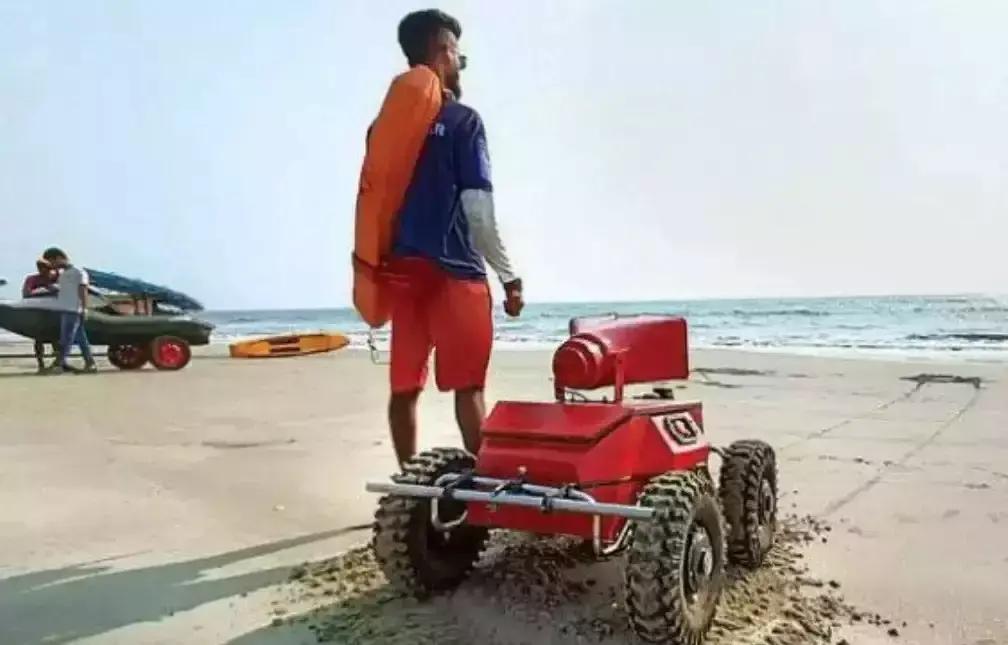ArdorComm News Network
March 13, 2023
Hollywood has produced a number of films with cyborgs and robots that are trained to wage war, destroy, and kill. On Indian beaches, though, we might soon see robots with cutting-edge Intelligence that are intended to save lives.
Goa is the first state in India to add a self-driving robot driven by artificial intelligence (AI) and a monitoring system to its world-class beaches to improve lifesaving skills. The monitoring system and the self-driving robot in Goa both have personalities in that they have names; the former is called Triton and the latter Aurus.
The Goa government decided to use AI-powered systems after there were more beach-related accidents as a result of an increase in domestic and foreign visitors to the area. According to a recent study, Goa experiences 200 drowning deaths annually that are related to swimming. The popular beaches like Baga, Calangute, Arambol, Sinquerim, and Morjim are where the majority of fatalities are reported.
The introduction of the AI systems is being driven by Drishti Marine, a state-appointed lifeguard organisation. On Goa’s extensive coastline, Aurus, the AI-powered self-driving robot, supports lifeguards by monitoring the no-swimming zones and alerting visitors during high tide.
The main duty of the Triton monitoring system is to employ AI to keep an eye on the non-swimming zones, warn visitors of risk, and alert the closest lifeguard to the presence of visitors in a hazardous area. Presently, Triton is deployed at Baina, Velaso, Benaulim, Galgibag in South Goa, and Morjim in North Goa, while Aurus is stationed at Miramar Beach in North Goa.
According to official sources, the Government of Goa intends to deploy 100 Triton and 10 Aurus units on the state’s beaches by the end of this year. It’s not the first time that robots have been used to save lives on Indian beaches. To protect swimmers’ lives, a robotic Lifebuoy was deployed on the beaches of Visakhapatnam in 2022.
- Hari Venkata Kumari, Mayor of the Greater Visakhapatnam Municipal Corporation, claims that the robotic Lifebuoy can travel up to 600 metres underwater and move six metres per second. It has the capacity to save three lives at once.
Robots are frequently used to clean beaches around the world, but using AI-powered systems to save lives is a more recent development.


